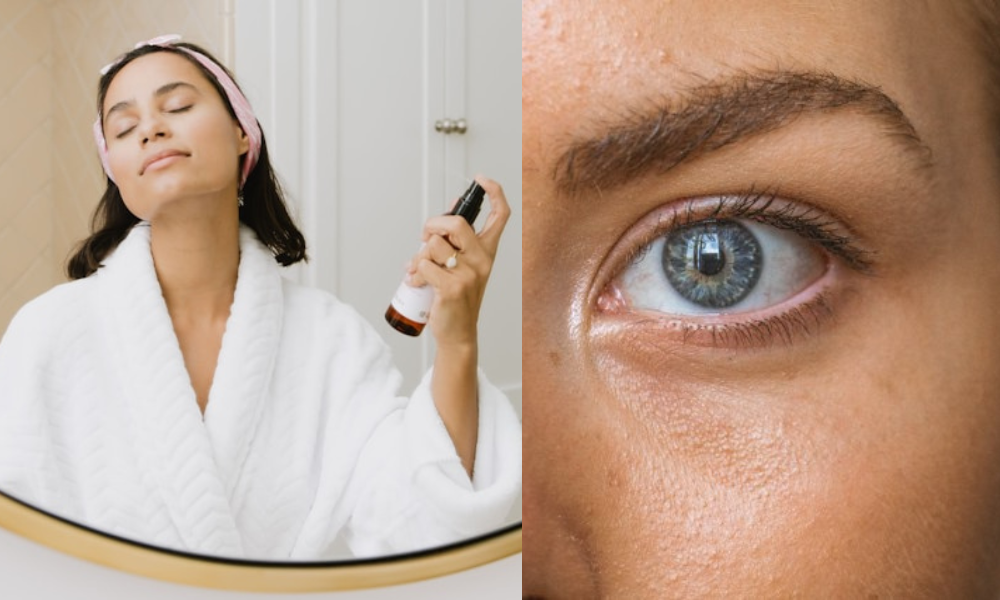Some skincare issues that people with oily and acne-prone skin face are abrasion from scrubs. When you physically exfoliate with generic products, your skin may get even more damaged. What you need is a gentle chemical exfoliant that soothes your skin and also promotes cell production. Enter Glycolic Acid, the only saviour needed for individuals with oily skin.
How Glycolic Acid Is Extracted
Glycolic acid is a naturally occurring substance, unlike other chemical products you may find in the market. Beetroots, sugarcanes, and some other fruits contain its pure form, which is colourless and odourless. It is classified under alpha hydroxy acids (AHAs), which also include lactic acid, malic acid, and citric acid.

Among these AHAs, glycolic acid has the tiniest molecular structure, making it ideal for skin penetration. And when you have oily skin, it is perfect because it can go deeper into your cells beyond the skin barrier. The ingredients you find in skincare products may come from laboratories, but they maintain the utmost safety in extraction.
Properties
Glycolic acid is a topical agent, which means you have to apply it externally. It gently exfoliates the dead skin on the surface and oil deposits, boosting new cell growth. You simply dab or massage the serum or lotion into the skin, unlike harsh scrubbing or brushing actions.
It is a humectant, which means it draws water to the cells and keeps your skin hydrated. As you retain moisture, inflammation will also decrease, and acne issues subside because glycolic acid inhibits bacterial growth.

It protects you from UVB rays, preventing sun damage, and boosting collagen and hyaluronic acid production. This way, skin elasticity improves, ageing signs are reduced, and your skin tone evens out. It also works well for skin brightening by reducing hyperpigmentation and fighting ingrown hair.
Benefits of AHA for Oily Skin
Oily skin has excess sebum produced from sebaceous glands to protect the cells from drying up. However, when oil levels increase, pores get clogged, dirt gets trapped, and acne breakouts happen. Astringent, jojoba oil, retinol, vitamin A, and salicylic acid, also work well to reduce acne and maintain clean pores.
Glycolic acid is especially ideal for oily skin because it doesn’t dry your skin to a higher extent like an astringent. You can use the peeling solution to lighten your underarms and inner thighs. However, it is advisable to use it properly to get the best results. When you have more than two skin issues, glycolic acid is a safe bet.

Precautions While Using Glycolic Acid
Glycolic acid is available in many forms, like serums, toners, cleansers, face washes, gels, creams, chemical peels, etc. However, you need to take proper care when you apply it. If you use it too frequently, it can cause skin redness and swelling. Never use it near your eyes and pay attention to the concentration.
A leave-on product may give you better results as your skin gets more time to absorb the ingredients. However, if you are just a starter, look for products with a low concentration, around 6-7% of glycolic acid. Do a patch test first and then try on a larger area and wear sunscreen if you go out after its application.


